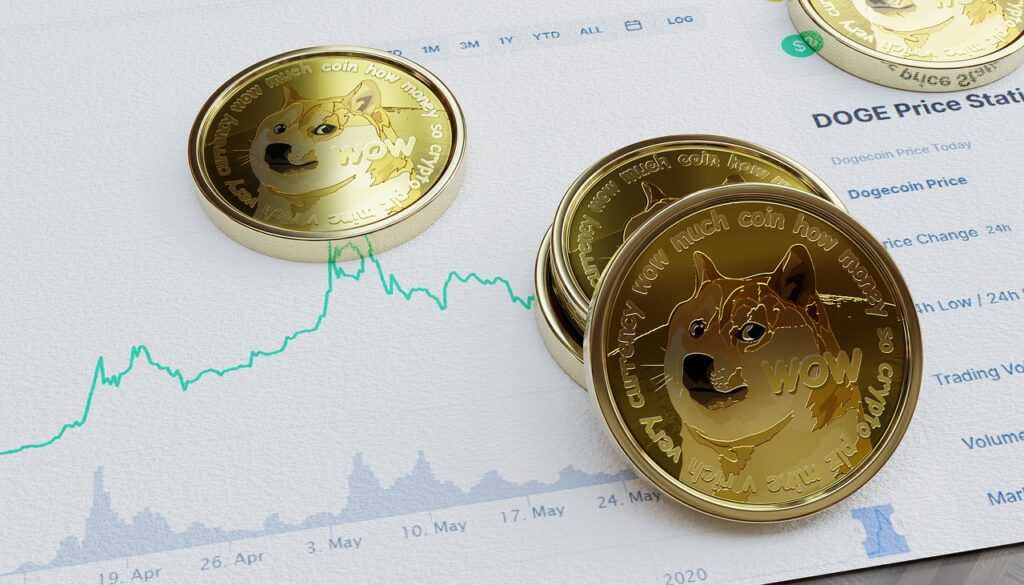3282621187: What’s the deal?
This 10digit number, 3282621187, could be mistaken for a phone number or a user ID, but there’s no definitive confirmation tying it to one platform or service. It’s been cited in forums, search histories, and even odd spam messages.
Several theories float around: It’s a placeholder or test number used by developers. It’s linked to spam or bot behavior. A misconfigured database published it publicly.
While these are just guesses, they’ve come up enough to make people stop and ask questions.
How Numbers Like 3282621187 Start Trending
Random numbers don’t usually trend unless there’s a story behind them—prank, mystery, or glitch. Once people start Googling something in large numbers, the algorithms take note. That’s pretty much how anything starts going viral.
In some online communities, showing a “strange number” like 3282621187 becomes a meme or code. Someone sends it in a group chat, people start talking, others start Googling, and eventually the number gets indexed, mentioned, exaggerated, and misunderstood.
Remember “Call this number at 3 am” challenges? Similar vibe.
Is It Dangerous?
Short answer: probably not. There’s no concrete evidence showing that 3282621187 is linked to scams, phishing, or security exploits as of now. As always, don’t click on shady links tied to any number or respond to strange messages. If you’re getting random texts from it, just block it. Most of the time, it’s harmless—an artifact of internet randomness.
However, persistence matters. If a number shows up repeatedly on your devices or accounts, it’s worth digging deeper and maybe flagging it to your service provider.
Why Do We Get Fixated on Strings Like This?
The internet runs on pattern recognition. Our brains are wired to sniff out something that doesn’t fit. That’s why people obsess over sequences like 3282621187. Maybe it’s in your app feed one day, then in a meme, and then someone sends it to you. Suddenly, it feels like it’s everywhere.
This leads to: Curiositydriven searches Conspiracy speculation (because, of course) “What does it mean?” blog posts
Pushed far enough, a number becomes almost legendary. But it usually fades. Fast.
What To Do If You Encounter It
So let’s say 3282621187 shows up in your messages, search results, or emails. Here’s a simple action checklist: Don’t engage if you don’t recognize the source. Block the sender if it’s via text or call. Report unusual patterns to your phone carrier or email platform. Clear your browser history and run a malware check, just in case.
Final Word
Most likely, 3282621187 is just another digital curiosity—like those strange WiFi networks named “FBI Surveillance Van” or default printer names that scare people. It’s easy to read into things online. The key? Stay sharp, don’t panic, and verify what you can. If anything’s off, trust your gut and take simple defensive steps.




